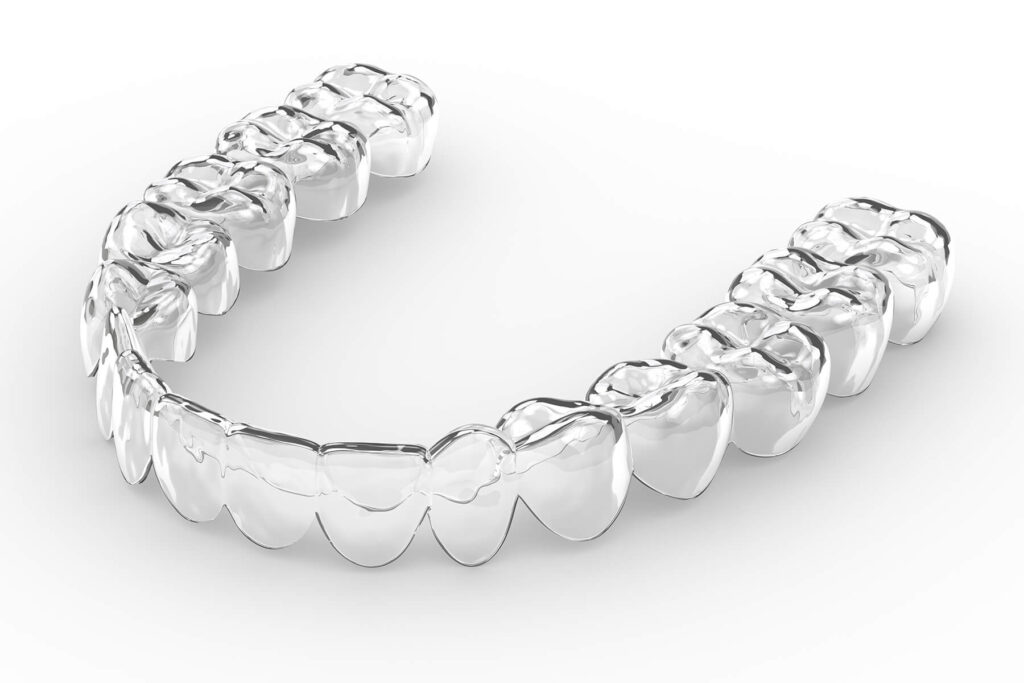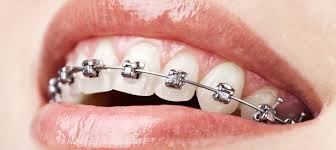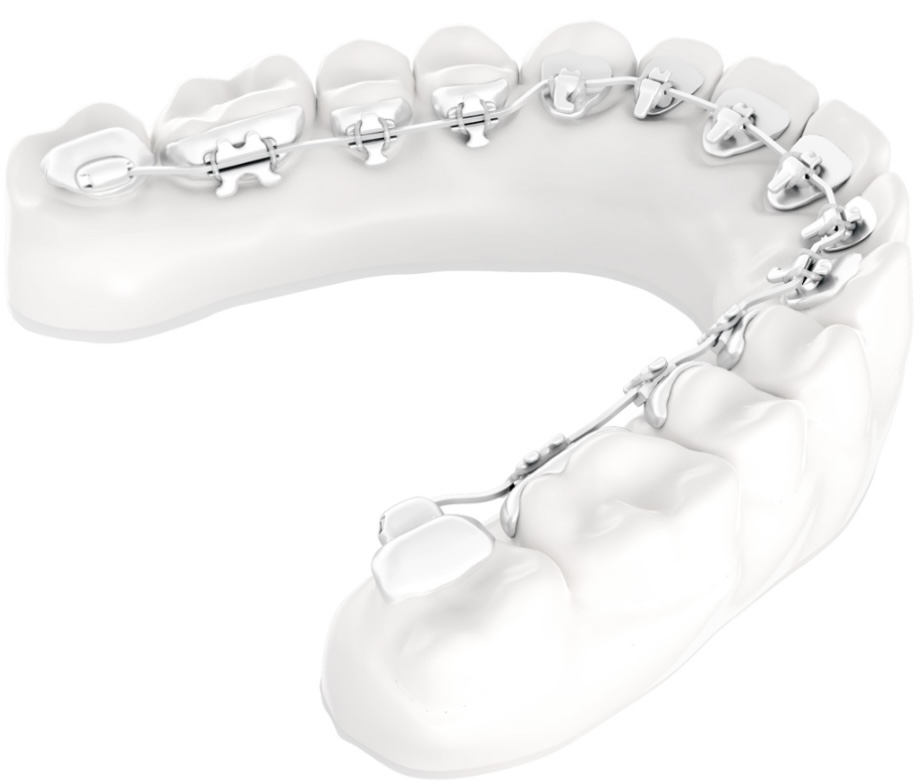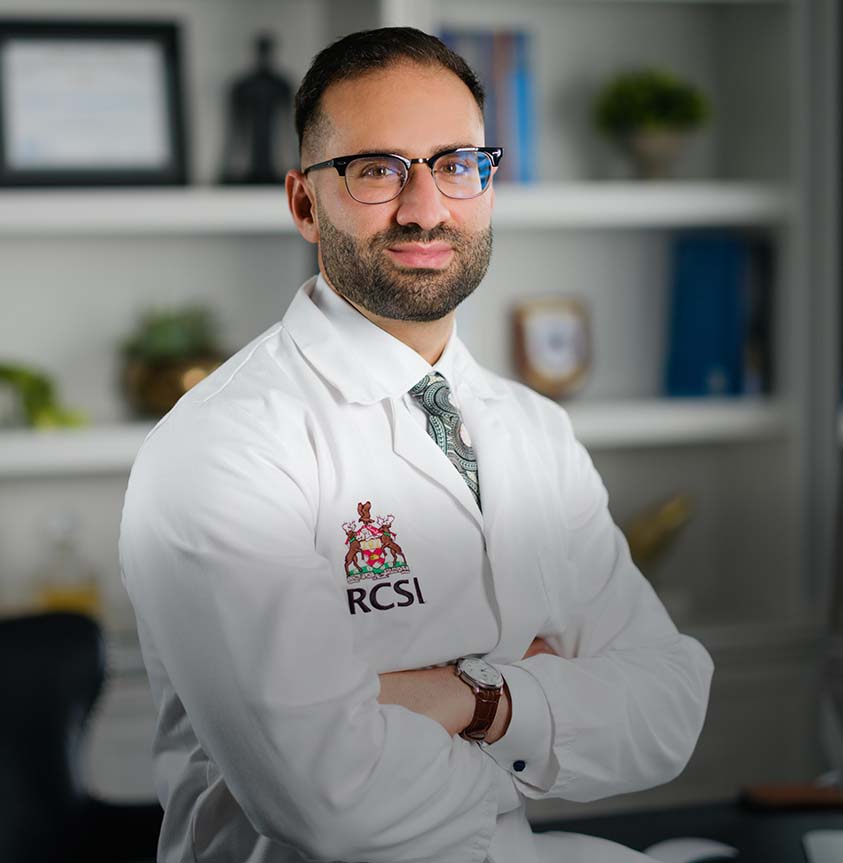As an orthodontist trained in traditional braces, clear aligners, and lingual braces (braces on the inside of the teeth), I’m often asked, “What’s the best type of braces?”. The truth is, there’s no one-size-fits-all answer. Every patient’s needs are different, and the right choice depends on several factors. Let me share my experience to help explain how various types of braces work in different situations.
Clear aligners, such as Invisalign, Angel Aligners, and Spark Aligners, are very popular because they are clear, removable, and easy to use. Many patients like that they don’t have to change their diet or worry about braces being visible. However, while aligners are convenient, they aren’t always the best choice for more complicated tooth movements. It’s important to note that aligners are clear, but not completely invisible.

For example, clear aligners often work well for an anterior open bite, where the front teeth don’t touch. But for a deep bite, when the upper front teeth cover the lower ones, traditional fixed or lingual braces offer better control and faster results.
Orthodontists have used traditional braces, metal or clear ceramic, for years because, with proper planning and skilled care, they consistently deliver good results. They are particularly helpful in more complex cases where we need to move the teeth with precision.

One key advantage of traditional braces is the greater control they offer, especially after tooth extractions for crowding. They make it easier and faster to close gaps and move teeth precisely into place. Aligners can also do this, but the process tends to be slower and less predictable.

Lingual braces are another option. These are braces that are placed on the inside of the teeth, making them completely invisible from the outside. Though less common, these braces are extremely precise because the brackets and wires are custom-made to fit your teeth. This allows for controlled tooth movement, which is especially useful in complex cases like deep bites or severe misalignment.
Lingual braces work very effectively, but patients often need time to adjust since they sit closer to the tongue, and orthodontists must provide more specialised care during adjustments.
There isn’t one perfect type of braces. Clear aligners, traditional braces, and lingual braces all have their own advantages and limitations. The best choice depends on your individual needs, the complexity of the case, and what fits your lifestyle.
Sometimes, orthodontic appliances alone aren’t enough to achieve the best results. For more complicated problems, we may need to use additional devices like TADs (temporary anchorage devices), which provide extra support for tooth movement, or palatal expanders, which help widen the upper jaw. In some cases, jaw surgery (orthognathic surgery)may be necessary to correct more severe issues with the alignment of the jaw.
Ultimately, the best orthodontic appliance is the one that meets your needs and delivers the right result for your case. Whether it’s aligners, traditional braces, or lingual braces, the choice depends on a proper diagnosis and your goals.
As your orthodontist, I’ll guide you through the process and help you choose the option that leads to the best outcome and a smile you’ll love.
Back to Blog
I recommend and prescribe orthodontic treatments to my patients as if they were my own family and I value meaningful relationships based on communication, confidence and trust.
“We highly recommend Dr Erfan Sallom, he transformed our daughter's teeth and she’s extremely happy with her beautiful smile! We were looking for a Orthodontist...”
“I was very anxious about orthodontic treatment and as such delayed it for years. I had no need to be nervous with the expertise and...”
“I would really recommend anyone to Dr Erfan Salloum, my experience with Erfan was amazing. I had no issue he was very knowledgeable about his...”
“I have just finished my two year orthodontic treatment with Dr Erfan and I would highly recommend. He explained everything perfectly about the treatment plan...”



